| Midsize SUV; Built in USA |
|
|
| Good condition price range: $2,300 – $8,100* |
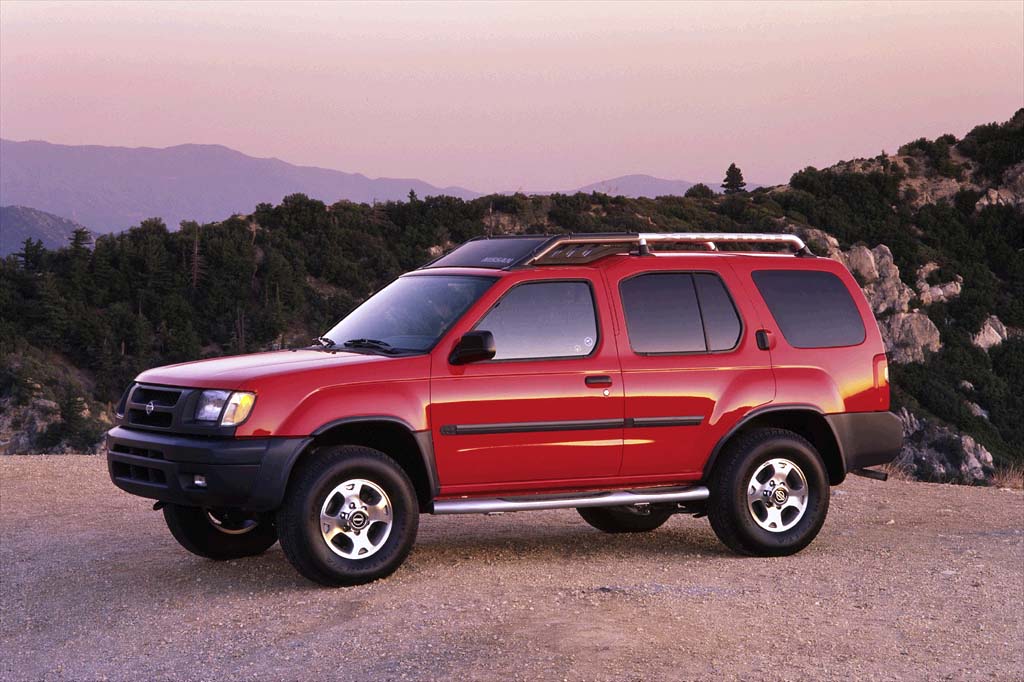
2000 Nissan Xterra XE 4WD
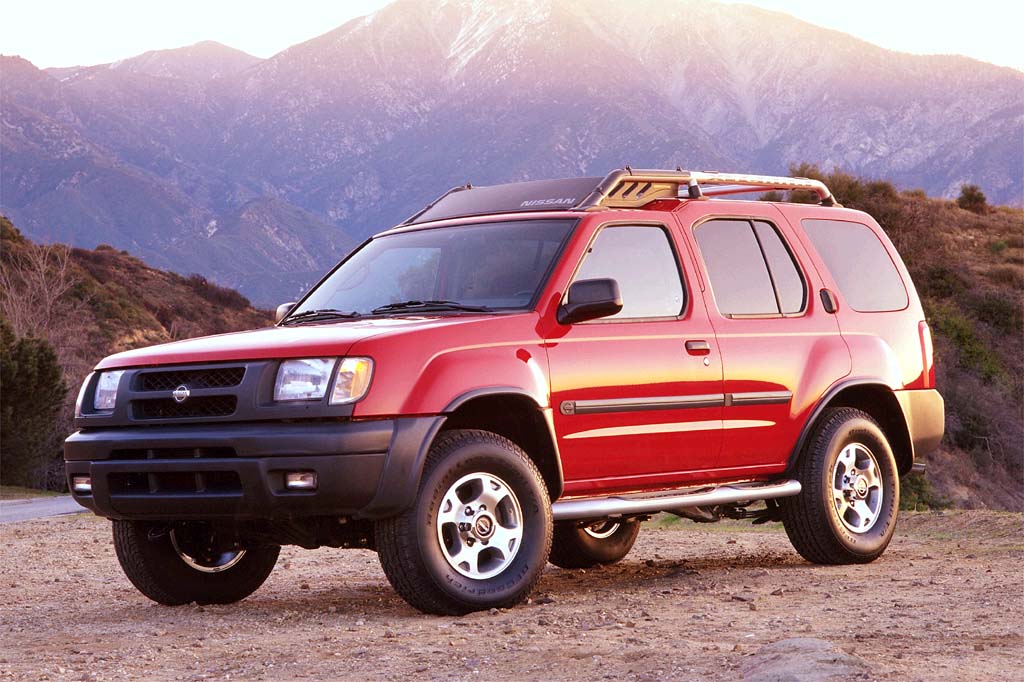
2001 Nissan Xterra SE
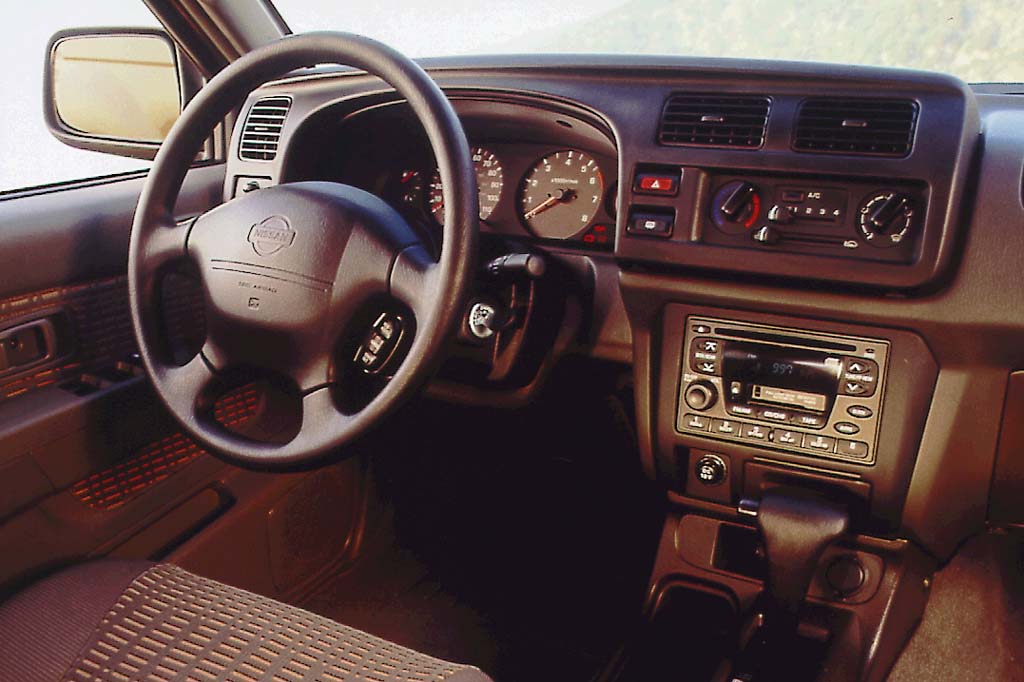
2000 Nissan Xterra interior
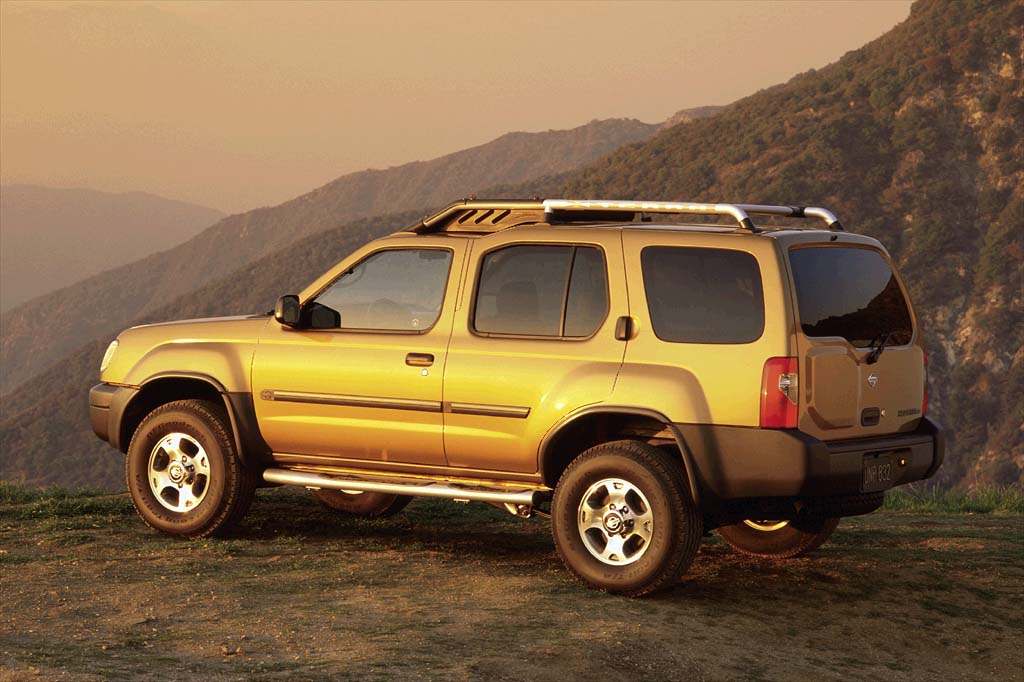
2000 Nissan Xterra SE
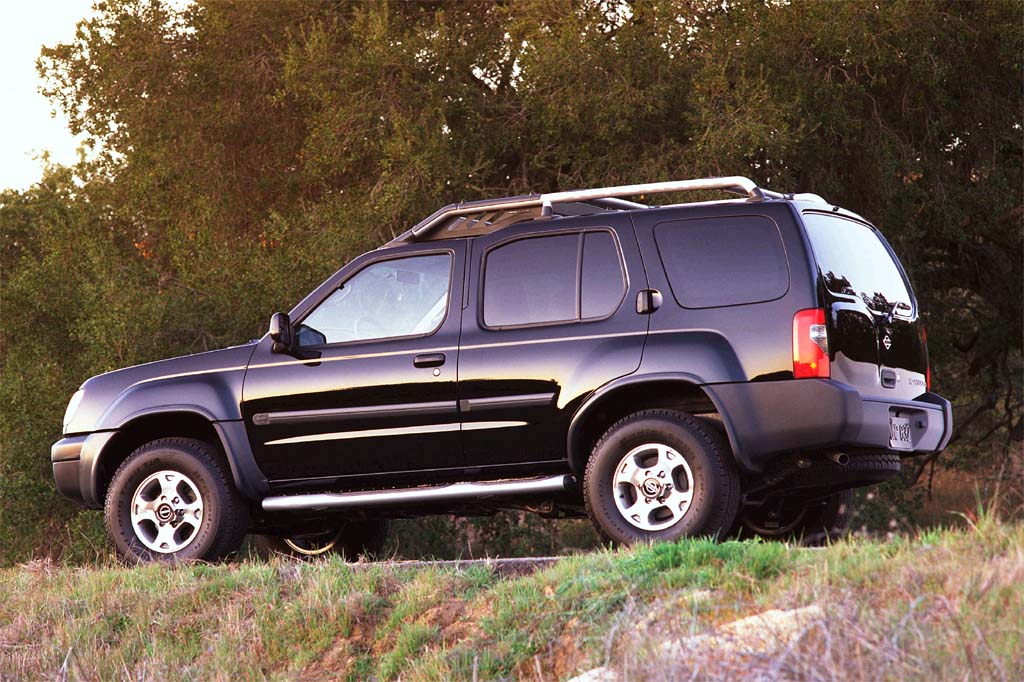
2001 Nissan Xterra SE
| Pros: |
|
| Cons: |
|
Though less pleasant for everyday driving than the CR-V and RAV4, an Xterra offers truck toughness and off-road ability, along with V6 power. A V6 Xterra costs less than one of those less roomy 4-cylinder competitors.
Overview
Priced against compact models, Nissan’s new midsize sport-utility vehicle was based on the Frontier pickup truck. Designed to appeal to young buyers, who favor function and a rugged appearance over comfort amenities, Xterras came with rear-wheel or 4-wheel drive. The Xterra lineup began with a base XE model, with a 4-cylinder engine, manual transmission, and 2-wheel drive. XE V6 and top-line SE models got a 3.3-liter V6, also used in Nissan’s more upscale Pathfinder SUV. Those came with either a manual or automatic transmission, and 2WD or 4WD. Xterra’s 4WD system was not for use on dry pavement. Standard features on all models included antilock brakes, air conditioning, and engine/transmission skid plates. SE models added a manual sunroof.
Yearly Updates
| 2001 Xterra Only minor revisions were evident on Nissan’s junior midsize SUV for 2001, especially at the instrument cluster. The SE got standard 16-inch wheels and tires, replacing 15-inch rubber, and its new sound system included an in-dash 5-disc CD changer as well as steering-wheel audio controls. |
| 2002 Xterra New for 2002 was an available supercharged V6 engine and a 4WD XE V6 off-road Enthusiast Package that eliminated the side step rails and added a limited-slip differential, manual locking hubs, and front tow hooks. All ’02 Xterras had a “power-bulge” hood and a revised dashboard. |
| 2003 Xterra Curtain side airbags were newly available for any Xterra. An antiskid system was optional for automatic-transmission 4WD V6 models and included traction control and a tire-pressure monitor. Also for ’03, V6s added standard driver-seat height and lumbar adjustments, and SE models offered a new “Rugged Leather” package option with suedelike interior accents. |
| 2004 Xterra For 2004, certain Xterra models get larger wheels. |
